City Centre
to Māngere
The City Centre to Māngere line will connect two major employment hubs – Auckland City Centre and the Airport. It will also connect with planned housing and deliver better access for communities including suburbs with limited public transport.
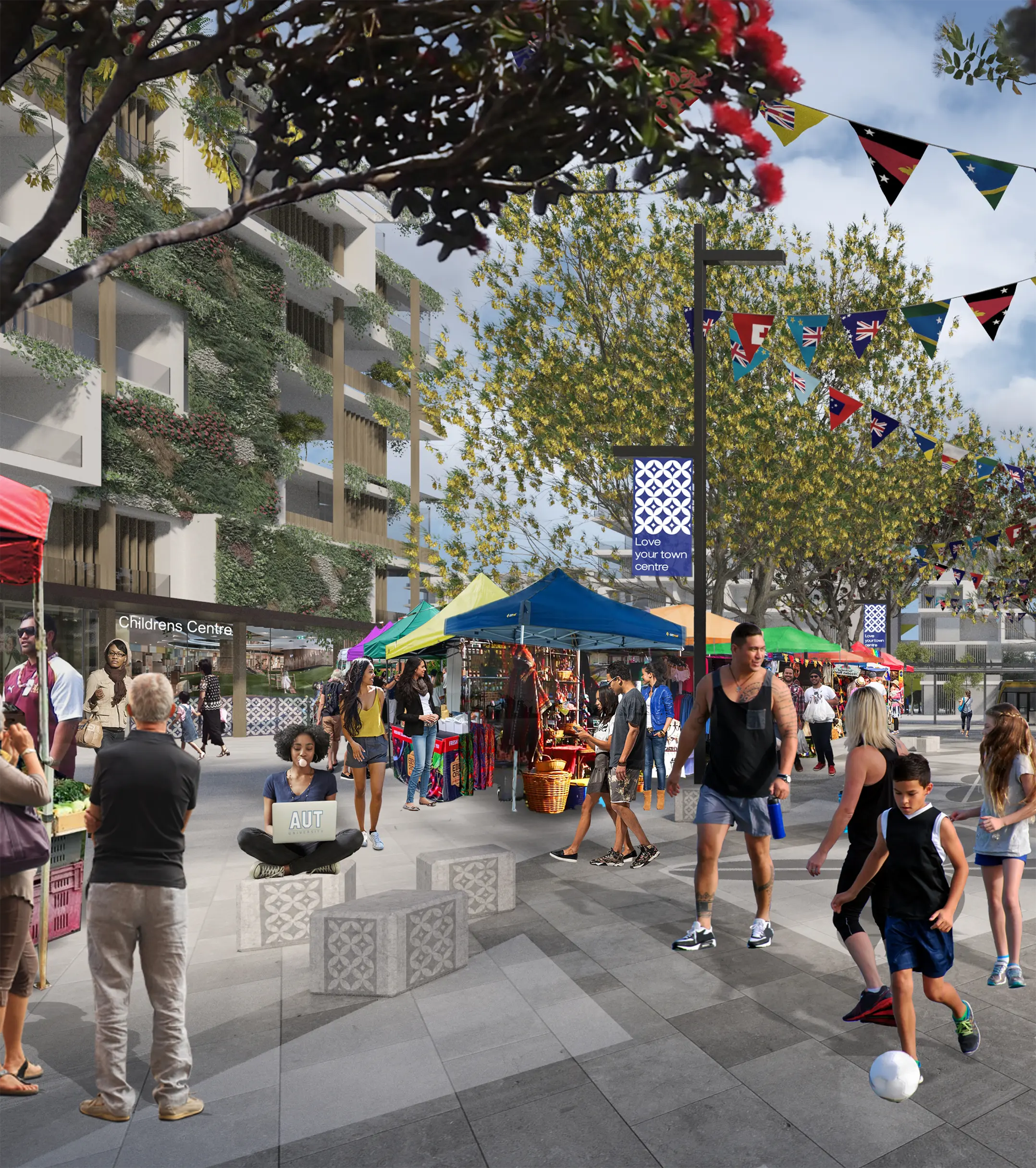
City Centre to Māngere
is the first step
Integrating with the Waitematā Harbour Connections project (looking at transport options across the harbour), will extend light rail to the North Shore. In the future, light rail will extend to the North West, connecting all the way to Kumeū/Huapai.
The City Centre to Māngere line:
- Is a 24km route with up to 18 stations.
- Will have the capacity to move over 17,000 people at peak.
- Features a reliable, 32-minute travel time from Māngere to the City Centre.
- Will run every five minutes (or less).




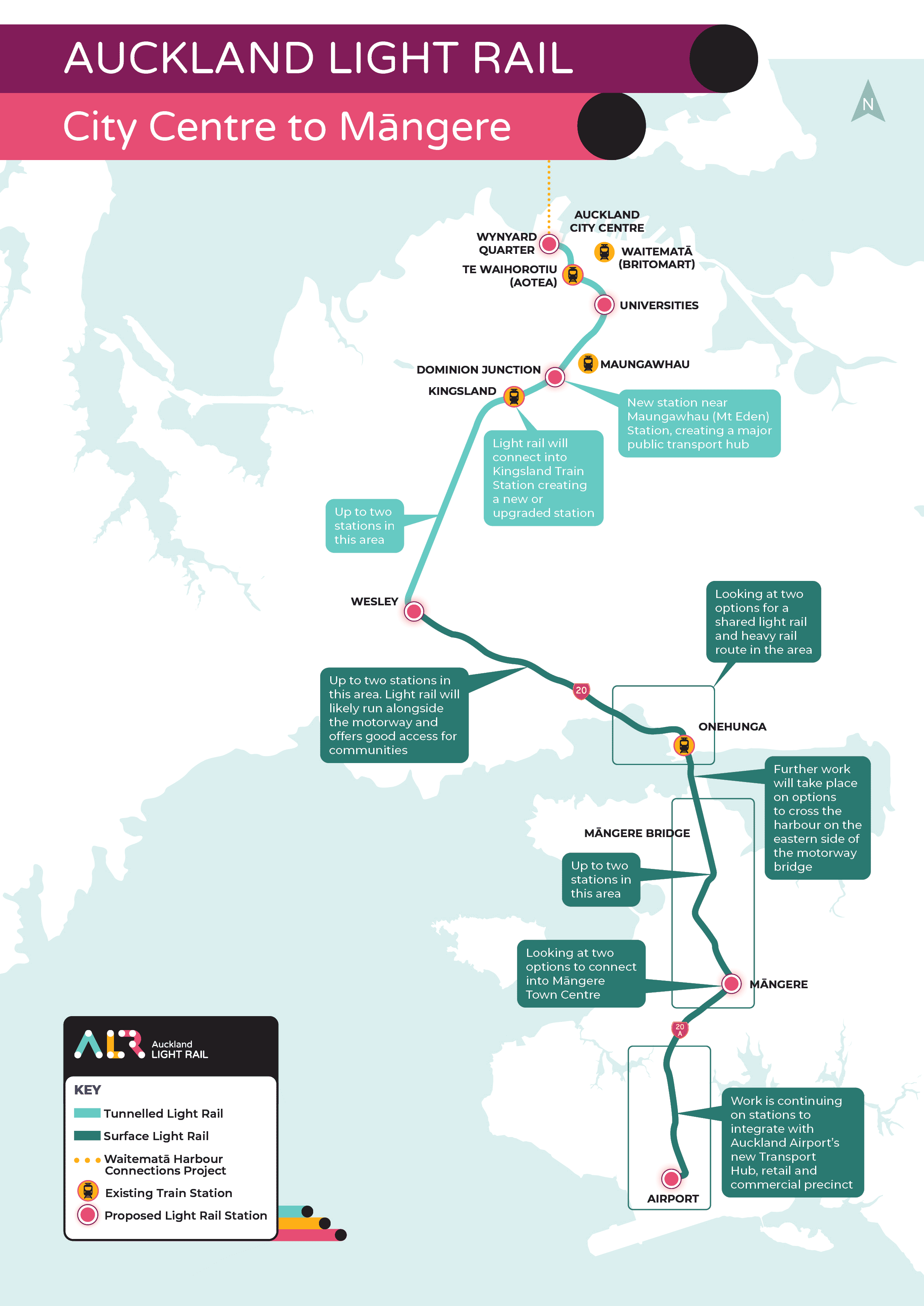
Overground and underground
From the north, Light Rail will start at Wynyard Quarter traveling underground to Wesley/Mt Roskill. Passengers will board the train at underground stations, with provision for people with different mobility needs - including the elderly, people with prams or people with disabilities.
In the City Centre, the line connects with the City Rail Link at Te Waihorotiu Station (Aotea), then travels via the University precinct to Dominion Junction.
In the Central Isthmus, the route will continue to travel underground from Kingsland to Wesley. From Mt Roskill, Light Rail will travel overland alongside SH20 to Onehunga, then cross the Manukau Harbour, travelling to Māngere and onto the airport.
The introduction of Light Rail is particularly significant in the south, as it will unlock better access and reduce travel times for communities with limited public transport options.


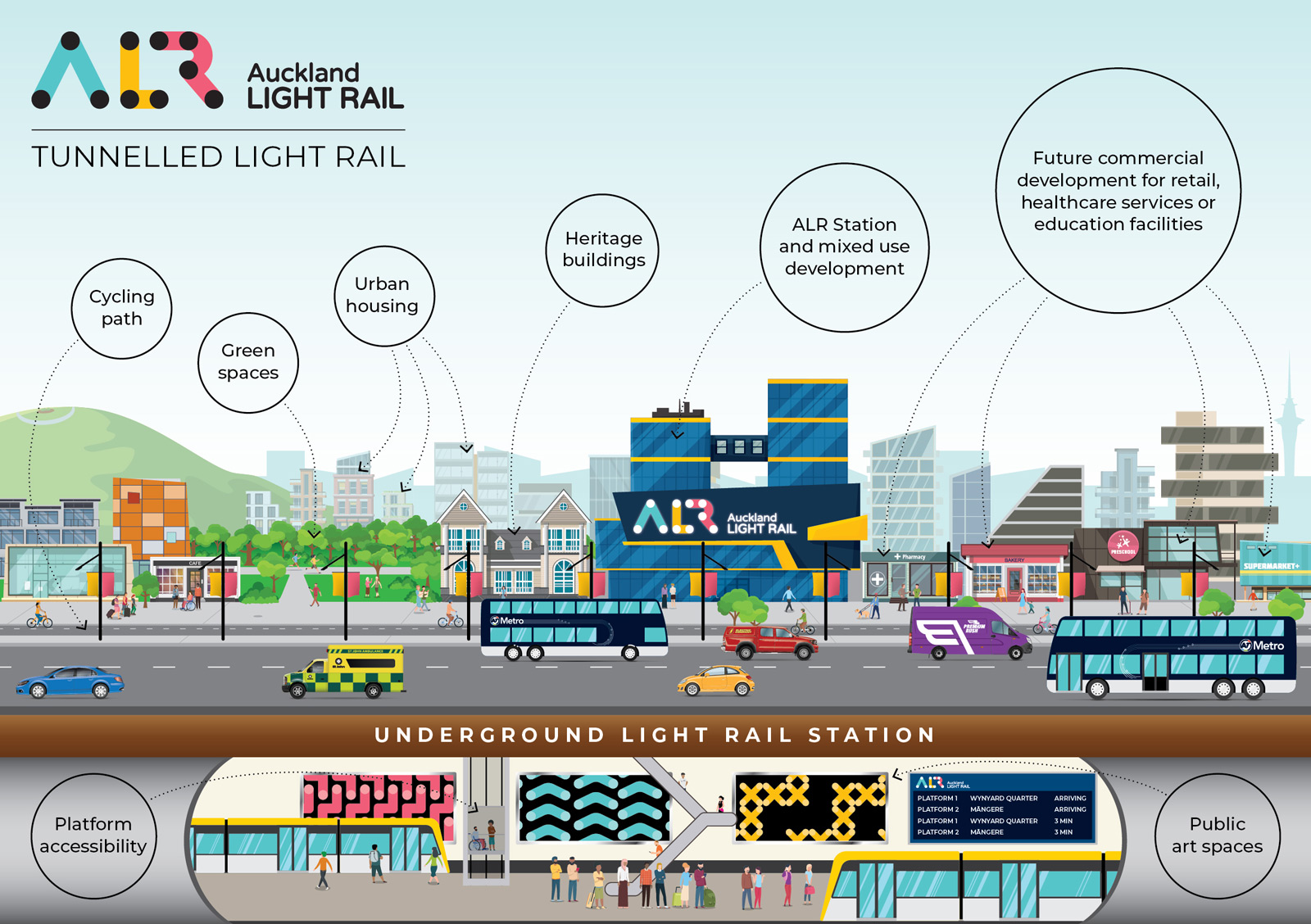
Stations
Future stations will form the heart of safer, more attractive town centres with new, quality homes, shops, businesses and neighbourhood facilities.
Initial indications for the number of stations are up to 18. This number may change through detailed design and consultation with communities. Community input will be sought on the design and location of stations.

Why underground part of the route?
By building a tunnel in the City Centre now as part of Auckland Light Rail, we are creating a base for future light rail lines, including Waitematā Harbour Connections. This investment will benefit the whole city, saving on future construction costs and disruption. Separating the line from local streets and potential interferences offers several advantages including the ability to run longer trains and at higher speeds, improving reliability and travel times. It will also minimise disruption in neighbourhoods.
Tunnelling half the route offers:
- Faster journey times (halved to most destinations)
- Double the capacity by running more trains
- More frequent trains (every 5 minutes or less)
- More reliable journey times (separated from other
traffic and signals) - An underground base to connect future lines from the North Shore (Waitematā Connections project) and North West
- Seamless transfers between lines
- More people can live closer to light rail
Light Rail will be tunnelled between the City Centre and Mt Roskill. Running at surface to Māngere and the airport, the route will mostly follow the motorway alignment.


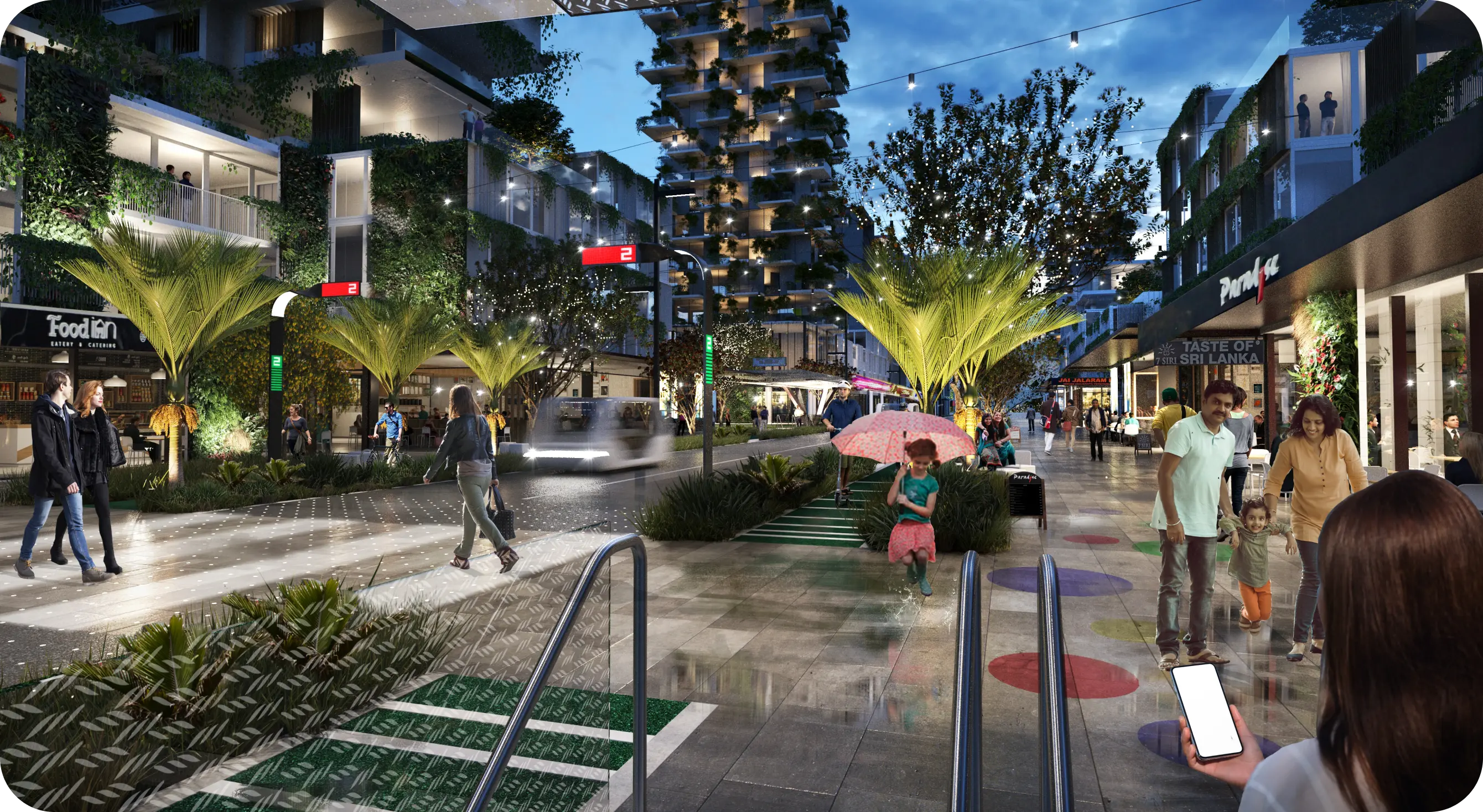
Supporting growth
22% of Auckland’s population growth and 37% of job growth will take place along the City Centre to Māngere route in the next 30 years.
Revitalising communities and providing more quality homes means more people can afford to live in their existing neighbourhoods, reducing urban sprawl around the city edges and creating more jobs closer to where people live.

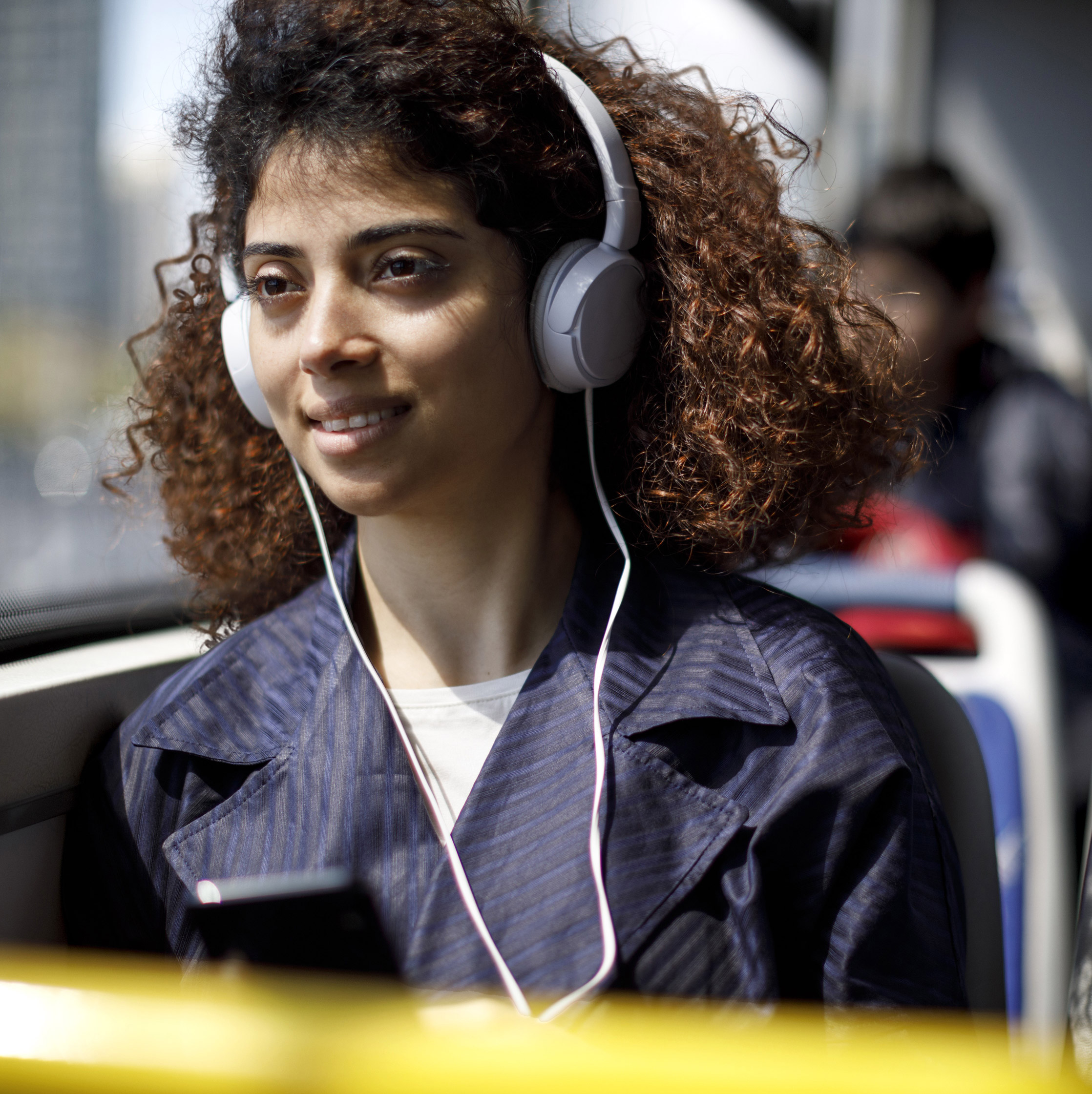
Did you know?
Morning peak travel in 2051 is estimated to feature:
4,000 people getting off light rail at the Auckland Airport precinct. Over 1,000 of these people will travel from South Auckland.
6,000 people getting off light rail at the University Precinct. 25% of these passengers are expected to come from South Auckland.
